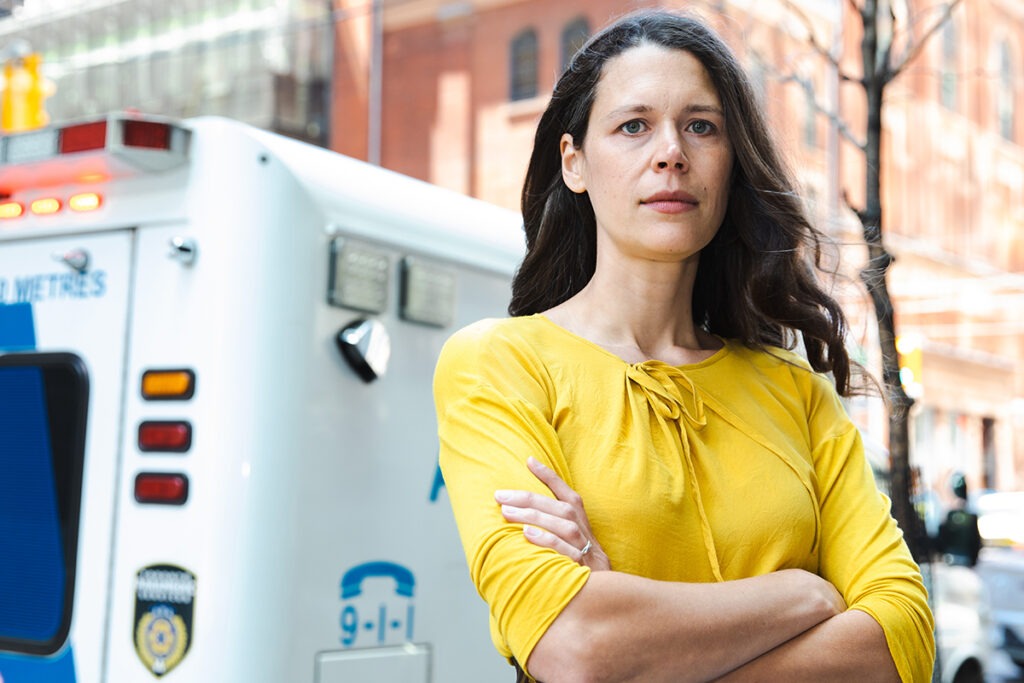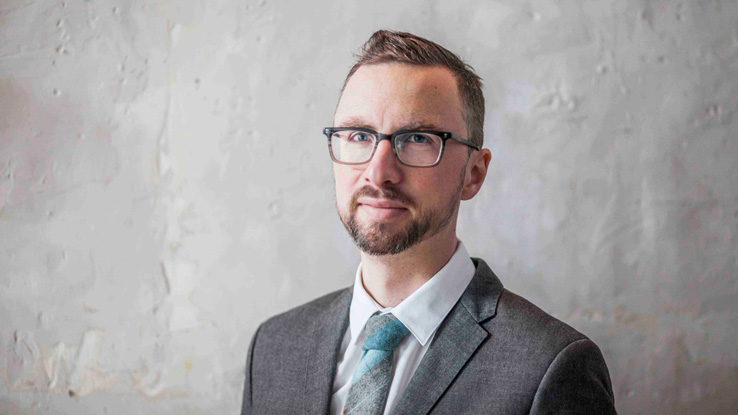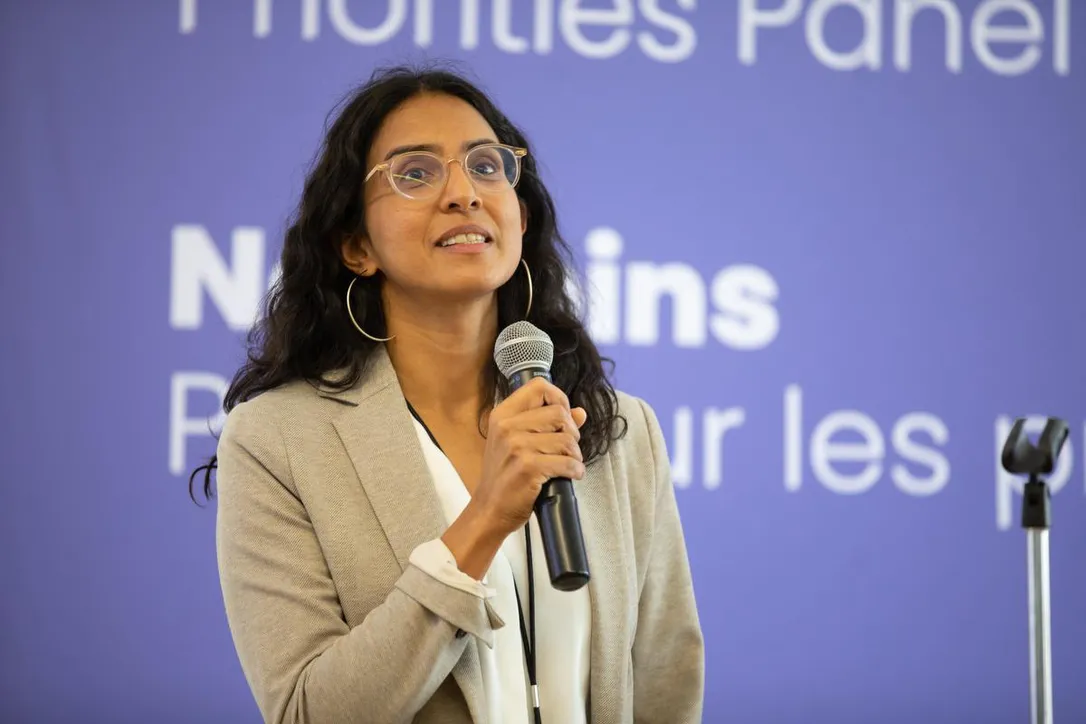From the CBC News article
An evolving mix of opioid cocktails and changing consumption habits mean governments must now respond more aggressively to the overdose crisis, experts say.
More than 32,000 Canadians have died of toxic drug overdoses since 2016, according to data released by Health Canada last month.
Over 3,500 people died of overdoses in the first half of 2022 (data is available only up to June). That’s almost 20 people per day, and more than half the number of people who died of overdoses during the first year of the pandemic.
The federal government has spent hundreds of millions of dollars to combat the crisis by funding community-led projects such as safe consumption sites and safe supply programs and improving access to naloxone, medication that can reverse the effects of an opioid overdose.
Fentanyl remains a driving factor in overdose deaths; Health Canada says that 76 per cent of all overdose deaths involve that opioid. But an increasing number of overdose deaths involve more than one substance.
Health Canada said just under half of the 3,556 overdose deaths that occurred in the first half of last year involved a stimulant such as cocaine or methamphetamine. At the same time, health services are increasingly warning of illicit opioids being contaminated with depressants such as benzodiazepine or “benzos.”
Tara Gomes of the Ontario Drug Policy Research Network said the two trends are likely linked.
“What we’re seeing more and more is benzodiazepines in the opioid supply. So they’re actually mixed in with the fentanyl,” she said.
That means the people who use these drugs aren’t necessarily aware that they’re taking benzo along with the opioid, she said.
But Gomes said some are intentionally using stimulants in an effort to counteract the sedative effects of an opioid and benzo cocktail.
“Oftentimes what they’re looking to do is counteract those effects, try and moderate the effects of the opioid so that they don’t get too sedated,” she said.
Benzodiazepines are dangerous when paired with an opioid like fentanyl because the added sedation increases the risk of an overdose, says Health Canada.
And the lifesaving medication naloxone does not work on benzos.
“It makes it more challenging for already burdened overdose prevention services,” Cheyenne Johnson, executive director of the British Columbia Centre on Substance Use, told CBC News.
Johnson also said a mix of opioids and benzos can also complicate substance use treatment by intensifying withdrawal symptoms. Such symptoms can include extreme anxiety, sweats and dangerous seizures.
“It makes it very complicated in terms of managing their cravings and withdrawals when there’s multiple types of potentially unknown substances like benzodiazepines” she said.
Fentanyl and benzodiazepines on their own can be used in clinical settings, but Johnson said substances never meant for human consumption are appearing in the illicit drug supply.
Xylazines, an animal sedative, and nitazenes — a synthetic opioid that is estimated to be several times more potent than fentanyl — are two such drugs, Johnson said.
“The sky is the limit on what is coming next,” she said.
Karen McDonald, head of Toronto’s Drug Checking Service, echoed Johnson’s point, saying that the illicit drug supply “is increasingly more contaminated, more toxic and less predictable.”
“[It’s a] recipe for disaster,” she said.
McDonald’s organization tests samples from the illicit drug supply to warn people who use drugs about what is being mixed in. But while the technology her organization uses is quite sophisticated, she said the illicit supply changes so fast that it feels like they’re “constantly playing catch-up.”





